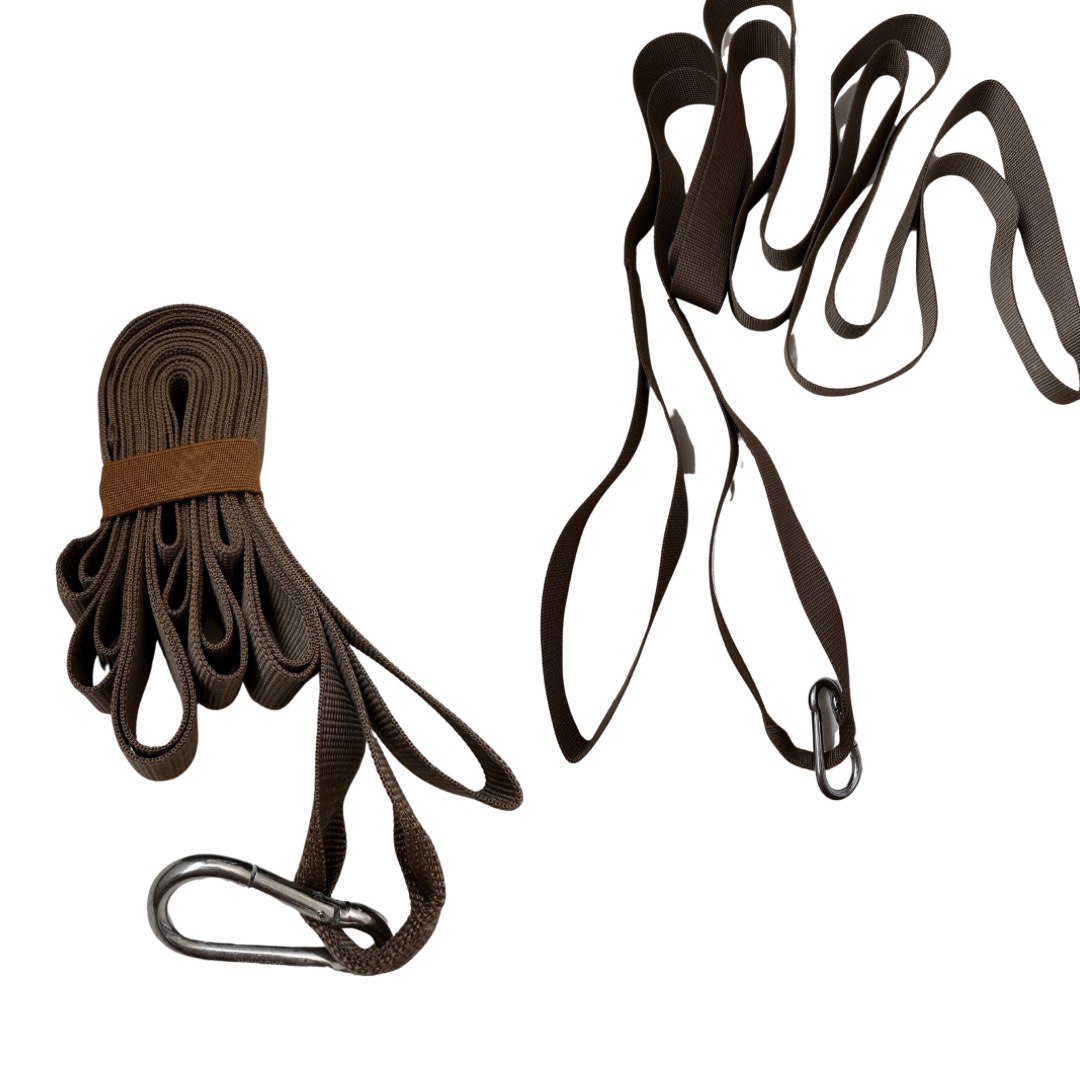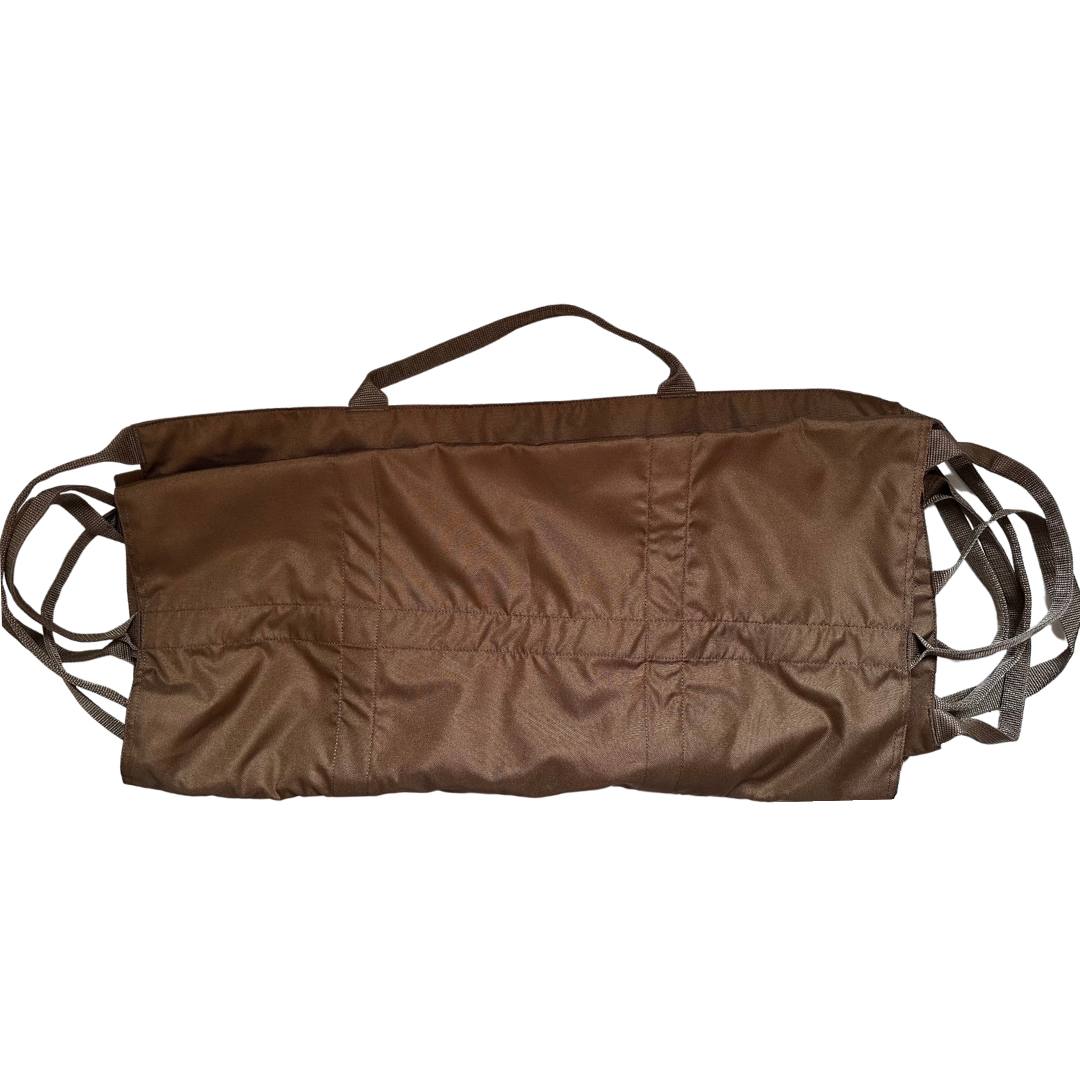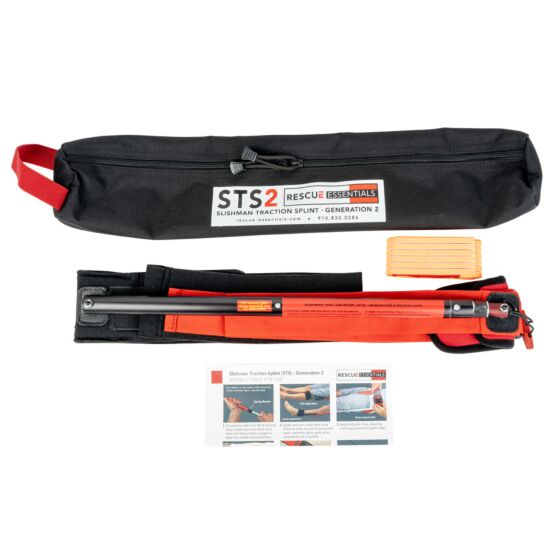Basics of evacuating the wounded
Content
- What is medical evacuation?
- Methods of evacuating the wounded
- Dragging the wounded
- Single-person dragging method
- Dragging in a lying position
- Carrying the Injured
- Shoulder Carry
- Back Carry
- Individual Movement Techniques
- Means of Evacuating the Injured
- Stretchers
- Evacuation Straps
- Litters
- Improvised Evacuation Tools
- Injured Evacuation Algorithm
- Assessment of Injuries
- Providing First Aid
- Planning and Coordination
- Evacuation of the Injured to the Hospital
- Rules of Medical Evacuation
- FAQ
- What is injured evacuation?
- Who provides injured evacuation?
- What are the main safety principles during injured evacuation?
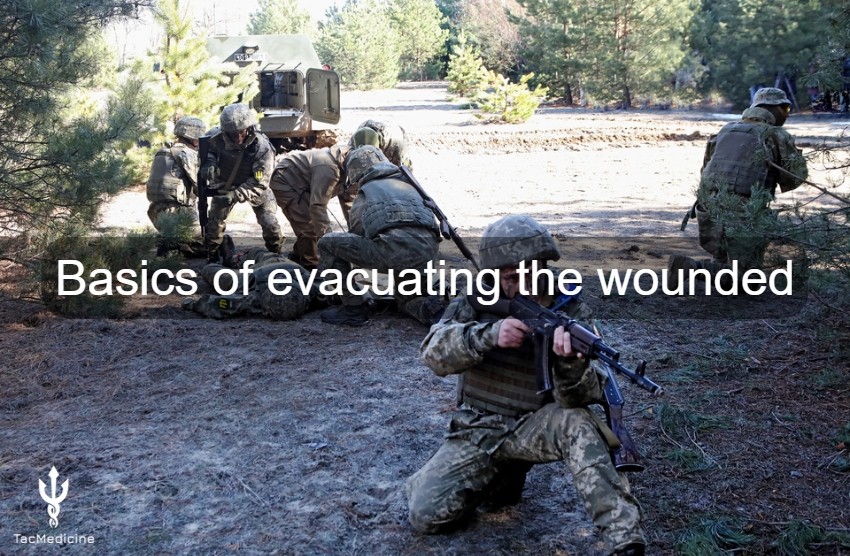
Evacuation of the wounded is a critically important aspect of medical service in emergency situations, combat operations, as well as accidents and disasters. Ensuring fast and effective transportation of the injured to medical facilities can save lives and reduce the consequences of injuries. In this article, we will explore the basics of evacuating the wounded, including methods and techniques that help provide proper medical assistance at the most critical moment.
What is medical evacuation?
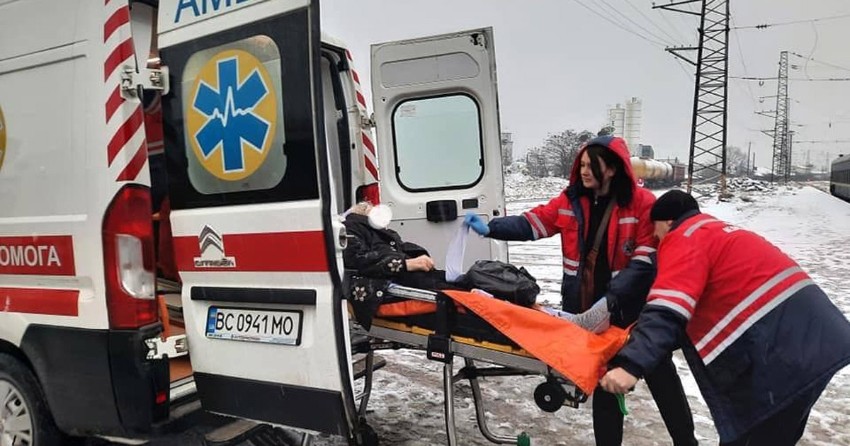
Medical evacuation is the process of transporting injured or wounded individuals from the scene of their injury or illness to medical facilities for necessary medical assistance and treatment. This process may involve the use of various types of transportation, from ambulance vehicles to helicopters, depending on the severity of the patient's condition and the availability of medical resources.
Medical evacuation is an important component of the healthcare system in emergency situations, military conflicts, accidents, and disasters. It allows for quick access of the injured to qualified medical personnel and necessary equipment for saving lives and reducing the consequences of injuries and illnesses. Medical evacuation is considered one of the key elements of the medical readiness and response system for emergencies and plays a vital role in preserving the health and lives of people.
Methods of evacuating the wounded
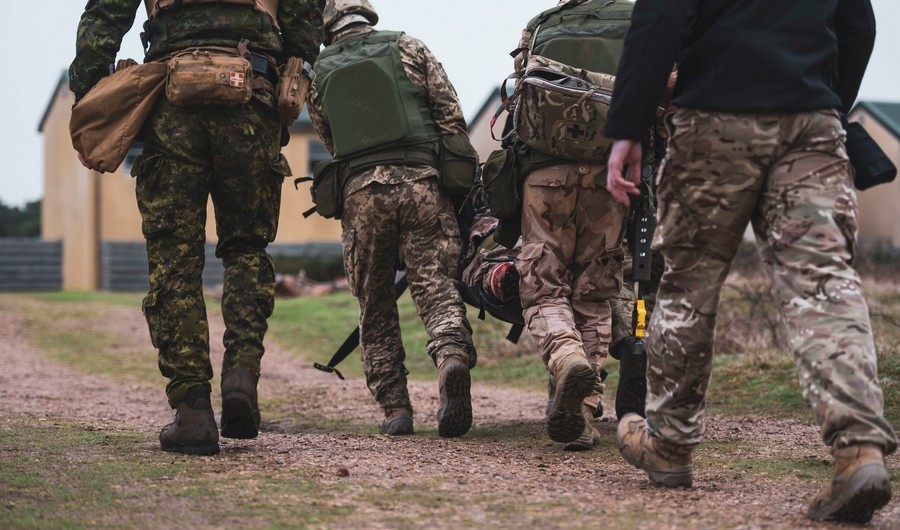
To provide proper medical assistance to the injured individuals, it is necessary to have knowledge and skills in using various evacuation methods.
List of primary methods of evacuating the wounded:
- Dragging: This method involves transporting injured individuals horizontally or on a slight incline using available means such as clothing, cloaks, or specialized drags. Dragging is one of the simplest evacuation methods and can be used in conditions where other means of transportation are unavailable.
- Carrying: Carrying is used to transport the wounded on soft stretchers or by using hands and body. This method is particularly useful in situations where obstacles need to be overcome or when elevation is required. Various carrying techniques exist, including "shoulder-to-shoulder," "litters," and others.
- Self-Aid and Buddy Aid: Individual movement technique involves the injured person or their buddy providing basic assistance and moving independently. This technique includes providing first aid as well as using available means to facilitate the movement of the wounded, such as using sticks or clothing for support.
The chosen method of evacuating the wounded depends on various factors such as:
- severity of injuries,
- available resources,
- equipment,
- personal experience.
It is important to have skills and knowledge in all these methods, as they can save lives and ensure effective medical assistance in critical moments.
Let's consider each of the methods of evacuating the wounded separately.
Dragging the wounded
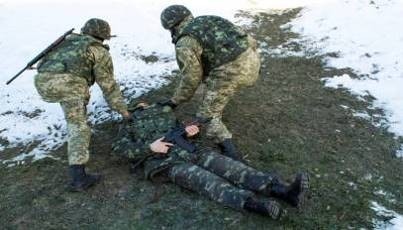
This method involves moving injured individuals from the scene to a safe place or to medical facilities using means typically available on-site.
Single-person dragging method
Single-person dragging of the wounded can be applied if the injured person is able to stand or walk independently but requires assistance in movement. For this, a special technique is used:
Shoulder-to-shoulder: The injured person is supported by one arm around the rescuer's shoulder and the other around the neck. The rescuer embraces the injured person around the waist. This method allows for fairly efficient and quick transportation of the injured over short distances.
Dragging in a lying position
In cases where the injured person cannot stand or walk independently, dragging in a lying position is necessary. In this method, the injured person is placed on their back or stomach, and rescuers use available materials such as clothing, cloaks, or evacuation straps for transportation.
Advantages of dragging in a lying position:
- Provides greater stability for the injured during transportation.
- Can be used in cases of severe injuries or in conditions of limited space availability.
- Allows for distributing the weight of the injured among more people, reducing the load on a single rescuer.
Disadvantages of dragging in a lying position:
- Requires more time and resources for preparation and execution compared to other methods.
- Limited speed of transporting the wounded compared to other methods.
It is important to consider that the choice of dragging method depends on specific circumstances and the condition of the injured person. All "rescuers" should be trained and able to apply these dragging methods to ensure the best outcome and safety of the injured individuals during evacuation.
Carrying the Injured
In both medical practice and emergency situations where evacuating the injured becomes necessary, it's crucial to consider various transportation methods that ensure the highest efficiency and safety for the injured individuals. The two primary methods of carrying are "shoulder carry" and "back carry." Let's explore their advantages and disadvantages.
Shoulder Carry
Advantages:
- Speed and Maneuverability: Carrying the injured on shoulders enables rescuers to quickly move them over short distances and maneuver easily around obstacles.
- Reduced Impact of the Injured Person's Weight: The weight of the injured person is evenly distributed on the rescuer's shoulders, helping to reduce strain on the back and legs.
Disadvantages:
- Limited Stability: Shoulder carry may be less stable, especially with severe injuries or in challenging conditions like slippery floors or areas with numerous obstacles.
Back Carry
Advantages:
- Stability and Safety: Placing the injured person on the rescuer's back and securing them provides greater stability during transportation.
- Effectiveness for Severe Injuries: This method is particularly useful for severe injuries or cases where the injured person cannot move independently.
Disadvantages:
- Reduced Maneuverability: Back carry may be less maneuverable compared to shoulder carry, making movement through narrow passages or staircases more challenging.
- Increased Strain on the Rescuer's Back and Legs: The rescuer bears the weight of the injured person on their back, which can lead to fatigue and potential injuries.
When choosing a carrying method, rescuers should consider specific conditions, the severity of injuries, and available resources. Additionally, it's crucial to have skills and training in both methods to ensure optimal assistance to the injured and maximum safety during evacuation.
Individual Movement Techniques
Individual movement techniques are specific skills designed for self-movement in enclosed spaces or under cover. Training with tactical scenarios before missions provides an opportunity to learn these movement methods. In favorable tactical and medical conditions, the injured person may be able to move independently to a safe location.
Some individual movement techniques include:
- Crawling.
- Circle movement using cover.
- Sprinting.
- Normal walking or running.
If the injured person can move and perform self-aid, there may be no immediate need for a rescue operation. This simplifies the situation and offers several advantages:
- Allows commanders to engage uninjured and lightly injured soldiers in combat.
- Rescuers can continue to support combat operations.
- Medics and rescue personnel can focus on those requiring more serious medical attention.
Means of Evacuating the Injured
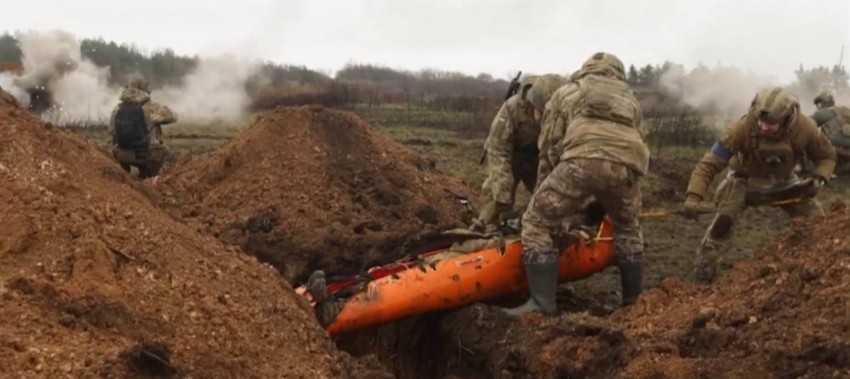
Evacuating the injured involves moving them to medical facilities for necessary assistance and treatment. Various evacuation means play a crucial role in ensuring the safety and effectiveness of transporting the injured. Here are some of them:
- Stretchers
- Evacuation straps
- Litters
- Improvised evacuation tools
Stretchers
Stretchers are among the most common and standard means of evacuating the injured. They are made of sturdy and flexible materials, allowing for safe placement of the injured on a horizontal surface for transportation. Stretchers are easily foldable and transportable, making them ideal for use in emergency situations.
Evacuation Straps
Evacuation straps are belts or harnesses used for securing and suspending the injured. They can be attached to stretchers or other transport devices to ensure stability and safety during evacuation.
Litters
Litters are lightweight and compact, allowing for the vertical transportation of the injured, which can be useful in situations where obstacles or narrow passages need to be navigated.
Improvised Evacuation Tools
In some situations where standard evacuation means are unavailable, rescuers may use improvised tools such as clothing, ropes, or even wooden beams to create necessary means of transporting the injured.
Injured Evacuation Algorithm
Evacuating the injured is a critical stage of medical assistance in emergencies, military conflicts, and accidents. For the effective and safe evacuation of injured individuals, it is important to follow a specific algorithm of actions. Here are the main steps of the injured evacuation algorithm:
Assessment of Injuries
The first step is to assess the severity of injuries. Medical personnel or even non-professional rescuers should quickly determine the seriousness of the injuries and the necessary evacuation order for each casualty.
Providing First Aid
Immediate first aid is provided to the injured at the scene. This may include:
- Stopping bleeding,
- Immobilizing fractures,
- Providing respiratory assistance,
- and immobilizing the injured.
It is important to provide stability and reduce the risk of further injuries.
Planning and Coordination
After providing first aid, it is necessary to carefully plan the evacuation process. This includes determining the best method and means of transportation, organizing a team of rescuers, and coordinating actions.
Evacuation of the Injured to the Hospital
The injured are transported to medical facilities where they receive further medical assistance and treatment. Evacuation can be done using stretchers, ambulances, helicopters, vehicles, or other available means of transportation.
Rules of Medical Evacuation
Medical evacuation is a critical stage of providing assistance to the injured, which can save lives and reduce the consequences of injuries. Here are a few tips for this process:
Maintaining Sterility
First and foremost, maintain a high level of sterility during the provision of medical assistance and evacuation. Hands should be clean, and instruments and materials should be sterile to prevent infections and complications.
Choosing the Evacuation Means
Select the appropriate means of transporting the injured, considering their condition and available resources. This could be stretchers, litters, vehicles, helicopters, or any other means that best suits the situation.
Training and Preparation
Medical staff and rescuers should have proper skills and knowledge of how to act in emergency situations. Conducting training helps improve the effectiveness of actions during evacuation.
Stabilization of the Injured
Before transportation, it is necessary to stabilize the injured. Stop bleeding, immobilize fractures, and provide first aid. This will reduce the risk of further injuries during transport.
Delivery to Medical Facility
The goal of medical evacuation is to transport the injured to a medical facility as quickly as possible. Choose the nearest available medical facility or hospital and follow all procedures necessary for receiving the injured.
The general principle of medical evacuation is to transport the injured to a medical facility as quickly and safely as possible, where they will receive further medical assistance and treatment. Adhering to these rules and procedures is critical to ensuring optimal assistance and saved lives.
FAQ
What is injured evacuation?
Injured evacuation is the process of transporting injured individuals from the scene to a medical facility for necessary medical assistance.
Who provides injured evacuation?
Injured evacuation can be provided by various services: from emergency medical services and military medical units to volunteer organizations and civilian services.
What are the main safety principles during injured evacuation?
The main safety principles include protecting your own safety and the safety of the injured, using appropriate protection, adhering to medical ethics rules, and cooperating with security services.
